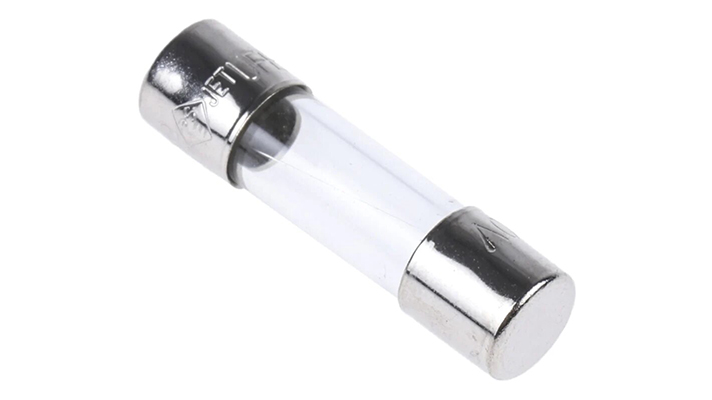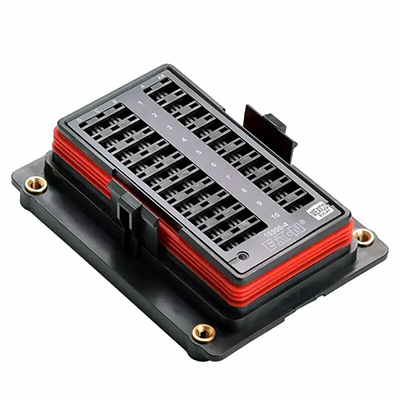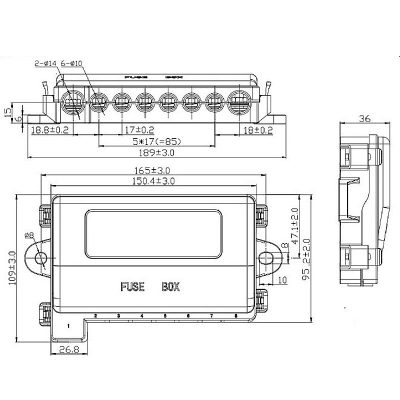Automotive Fuses Engineered for Electric Power Steering to Safeguard Steering Assist Circuits from Electrical Faults
News 2025-10-24
Automotive fuses play a crucial role in modern vehicle systems, particularly in electric power steering (EPS) setups. These components are essential for protecting the steering assist circuits from potential electrical issues, such as overcurrent or short circuits. In EPS systems, which rely on electric motors to provide steering assistance, any failure in the circuit can compromise vehicle safety and handling. By interrupting excessive current flow, automotive fuses prevent damage to sensitive electronic parts, ensuring the system operates reliably and maintains driver control. This protection is vital as vehicles increasingly incorporate advanced driver-assistance systems that depend on EPS for precise and responsive steering.

Application Scenarios
In various automotive contexts, fuses for electric power steering are deployed to enhance system durability. For instance, in passenger cars and light trucks, these fuses safeguard circuits during high-demand situations like evasive maneuvers or rough terrain driving, where steering loads increase. They are also critical in electric and hybrid vehicles, where EPS integrates with regenerative braking and energy management systems. Additionally, in commercial fleets, such fuses protect against wear from frequent use, ensuring long-term reliability in delivery vans or taxis. This adaptability makes them indispensable across different vehicle types and driving conditions.
Performance Advantages
Fuses designed for EPS offer several key benefits that improve overall system efficiency. They provide rapid response times to electrical faults, minimizing downtime and reducing the risk of costly repairs. With precise current ratings, these fuses enhance energy efficiency by avoiding unnecessary power consumption during normal operation. Their compact design allows seamless integration into tight spaces within the steering column or control modules, while materials resistant to heat and vibration ensure longevity in harsh automotive environments. This combination of fast-acting protection and robust construction contributes to better vehicle performance and safety standards.
Maintenance and Best Practices
Proper handling of EPS fuses involves regular inspections and adherence to manufacturer guidelines. Vehicle technicians should check fuse integrity during routine services, looking for signs of melting or discoloration that indicate past faults. When replacing fuses, selecting the correct amperage and type is crucial to match the EPS system’s specifications, preventing under- or over-protection. Best practices include using diagnostic tools to test circuit health before installation, and ensuring that fuses are sourced from reputable suppliers to maintain quality. Following these steps helps extend the lifespan of the steering system and avoids potential safety hazards.
Common Questions
1. What role do auto fuses play in electric power steering?
They act as safety barriers, cutting off current to prevent damage from overloads in steering assist circuits.
2. How do these fuses improve vehicle safety?
By protecting against electrical failures, they ensure consistent steering performance, reducing accident risks during faults.
3. What factors should be considered when selecting an EPS fuse?
Key factors include the vehicle’s voltage requirements, current ratings, and environmental resistance for optimal compatibility.


